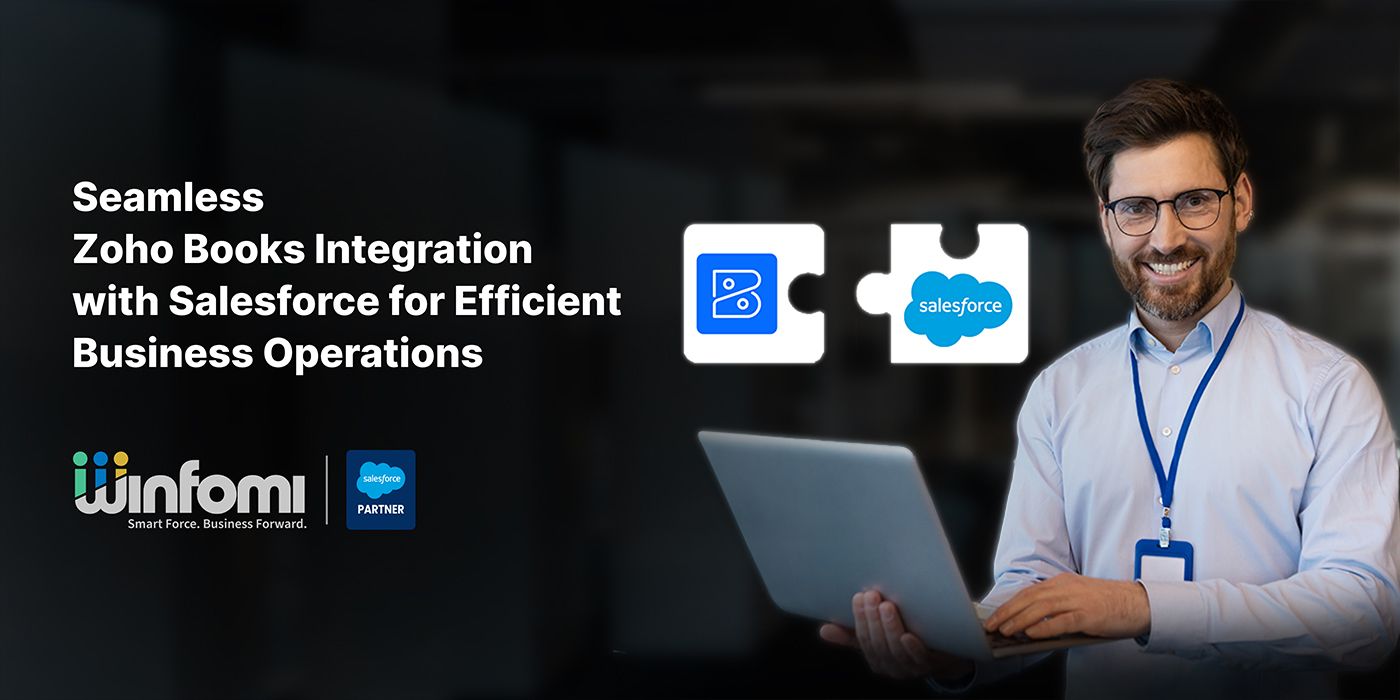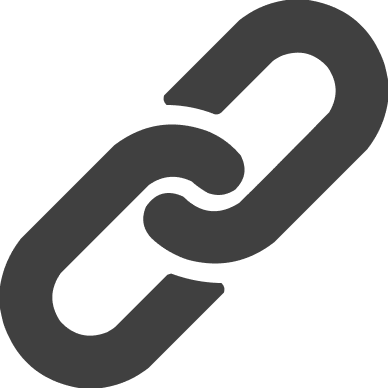

Share:
Table Of Contents
Beyond CPQ – Transforming Revenue Management with Salesforce Revenue Cloud
In today’s fast-paced business environment, organizations need to be agile, efficient, and customer-centric to stay ahead. However, many businesses struggle with inconsistent pricing, complex sales processes, misalignment between sales and finance teams, and a lack of real-time visibility into revenue data.
To address these challenges, Winfomi is committed to helping businesses optimize revenue management with Salesforce Revenue Cloud. This powerful platform streamlines revenue operations, unifies data, and enhances decision-making, leading to improved business outcomes. Below, we highlight key aspects of Salesforce Revenue Cloud and how it can transform your revenue processes.
Challenges in Revenue Management
As B2B commerce evolves, businesses must adopt new models to remain competitive. Consider these industry trends:
- 42% of B2B revenue comes from partners (Forrester).
- 75% of B2B buyers now prefer purchasing online (Gartner).
- 66% of SaaS companies experienced revenue growth by adopting consumption-based pricing (Bain & Company).
Despite these shifts, many organizations still face significant revenue management challenges, including:
- Disconnected quoting and contracting leading to delays and inefficiencies.
- Siloed data, making it difficult to gain a unified view of revenue streams.
- Outdated systems that fail to support complex revenue models like subscriptions, one-time purchases, and usage-based billing.
Without an integrated approach, businesses risk lost revenue opportunities and diminished customer satisfaction.
The Solution: Salesforce Revenue Cloud
Salesforce Revenue Cloud provides a comprehensive solution by bringing all revenue-related processes together—eliminating silos and enabling seamless interactions between quoting, contracting, ordering, and billing. With its modular and composable architecture, businesses can automate manual tasks, unify data, and gain real-time insights.
The Seven Pillars of Salesforce Revenue Cloud
Salesforce Revenue Cloud is built on seven key pillars, ensuring a scalable and adaptable framework for revenue optimization:
- Product/Service Design – A unified catalog for consistent product display across digital platforms.
- Price Management – Flexible pricing models for one-time purchases, subscriptions, and volume discounts.
- CPQ / Transaction Management – Automated product configuration and pricing for faster quote generation.
- Contract Lifecycle Management (CLM) – Streamlined contract creation, execution, and tracking.
- Order Management – Optimized fulfillment with integration into inventory and shipping systems.
- Billing & Collections – Automated invoicing and billing to ensure accuracy and efficiency.
- Revenue Lifecycle Intelligence – AI-driven insights that empower data-backed decision-making.
The Power of AI in Salesforce Revenue Cloud
What makes Salesforce Revenue Cloud stand out is its AI-driven capabilities. By leveraging AI and automation, businesses can enhance efficiency, accuracy, and decision-making. Key AI features include:
- Automated Quote Creation – Reduces manual effort and enhances accuracy.
- Smart Discounting – AI-powered recommendations for optimal discount levels.
- Order Tracking – Real-time visibility into order status from creation to fulfillment.
These features minimize operational friction, enabling teams to focus on strategic revenue growth initiatives.
Why Choose Winfomi?
At Winfomi, we specialize in helping businesses harness the full potential of Salesforce Revenue Cloud. As a trusted Salesforce partner, we guide organizations through their digital transformation journey, ensuring seamless implementation and optimization of revenue management solutions.
Ready to transform your revenue processes? Contact Winfomi today and let’s accelerate your business growth with Salesforce Revenue Cloud.






